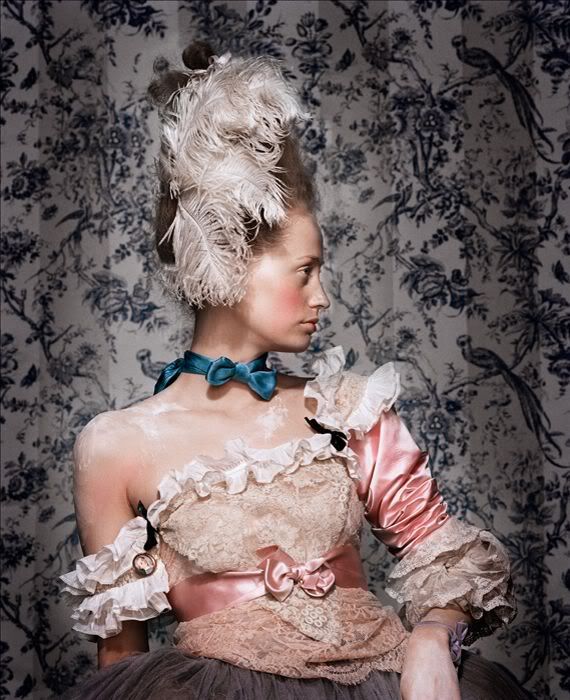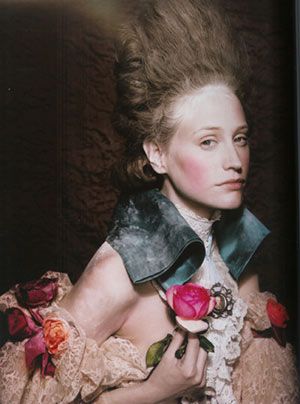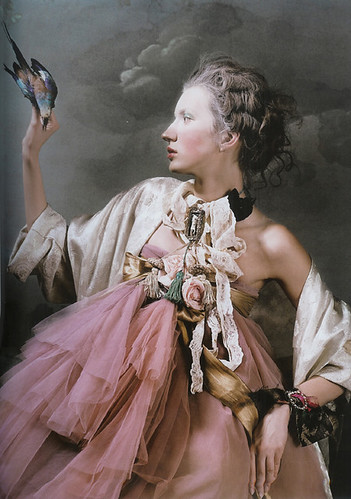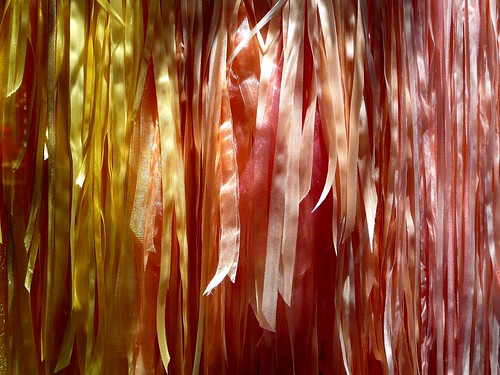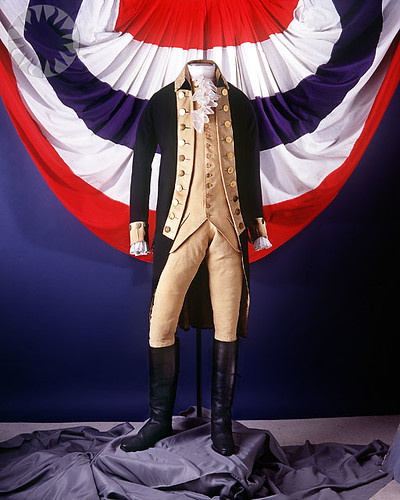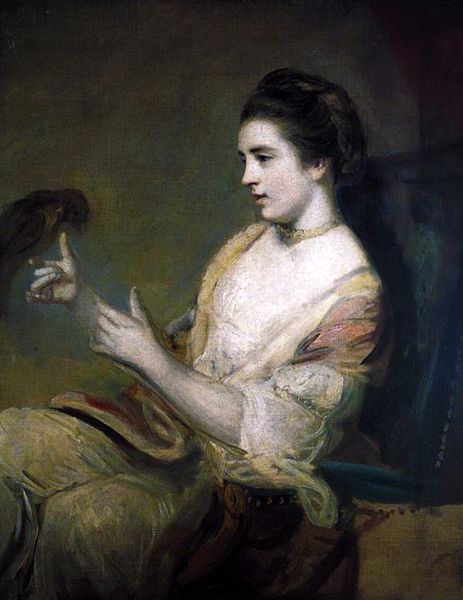 J
Jane was the Tory version of Georgiana and her fiercest rival. Indeed the two women were foils, Jane being an outspoken Scot with a competitive nature loved being a Tory hostess just as much as Georgiana enjoyed being a
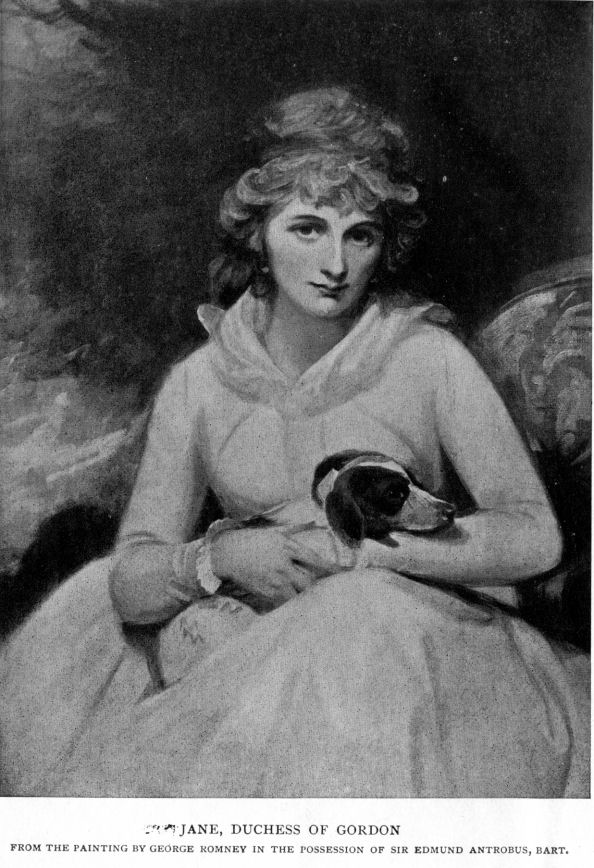
Whig one. But upon closer examination of this tart we find that the two women had a lot in common and if they weren't so similar they may have been the best of friends.
Jane Maxwell was the daughter of a typical poor, drunken baronet. While her father sold off his lands to pay his debt her mother educated her and her sisters in Edinburgh. When she was 14 Jane accidentally jammed a finger from her right hand in a carriage wheel and when it moved away it took her finger with it. From then on she usually wore gloves with a false wooden finger. By the time she was 16 she was so beautiful songs were being written in her honor. She had fallen in love with a young soldier but he went off to fight and was presumed dead so when the dashing 24 year old
Duke of Gordon asked for her hand she said yes. It was on her honeymoon with the Duke that Jane received a letter from her lost love asking for her hand in marriage. She fainted upon reading it.

Their marriage quickly proved to be a loveless one. Jane's first son was born around the same time as a mistress gave birth to her husband's bastard. They were both named George, “My George and the Duke’s George.” The Duke continued to have affairs and Jane, never to be outdone, had some of her own, notably Henry Dundas, William Pitt's best friend. She threw lavish parties, never hid her Scottish brogue, and was known to proudly wear her tartan despite them being outlawed. Rock on, Jane. King George was said to have been a big fan of hers, which is probably why she got away with sporting the tartan.
As for politics, well, Jane fought dirty. During the 1780 election she even kidnapped a man and locked him in her cellar to secure the seat for a friend of hers. She hated the success and popularity of the parties Georgiana threw in celebration of the Whigs and attempted to create the Tory versions.
Pitt, seeing the influence Georgiana had on the popularity of candidates, happily allowed Jane to throw parties in his honour in hopes of the same success. During the regency crisis she came close to usurping Georgiana as the prime social hostess and even looked like she would replace her as queen of the
ton. Jane smugly invited Georgiana and Harriet to the House of Commons to listen to speeches after a Whig defeat and relished in their curt refusal. She had won this round. But unfortunately for her, no one can outdo the Duchess of Devonshire.
Despite the unhappiness of her marriage, Jane loved her status as a duchess and became

infamous for seeking the best marriages for her children. Of her five daughters she was able to marry three to dukes. She even took one of her daughters to Paris to try and secure her a marriage with Empress Josephine's son. She may have been a gold-digger for her children but she loved them dearly. Her letters about missing her eldest son,
George are heart-wrenching. It is George who is painted with her in her portrait by Romney in the Scottish National Gallery.
After being separated from her husband for years the couple finally divorced in 1805. She spent the remainder of her lonely years fighting with him over receiving the full annuities he promised her. She died in London in 1812 and her body was laid to rest in her beloved Scotland.
 The artist is Bernard Tartinville and I was alerted to him through Style Bubble who found him here. Being a true-blue art history gal I am always attracted to photography that has an antique look. This series is like Joel-Peter Witkin meets Annie Liebowitz. The result is a feast for the eyes.
The artist is Bernard Tartinville and I was alerted to him through Style Bubble who found him here. Being a true-blue art history gal I am always attracted to photography that has an antique look. This series is like Joel-Peter Witkin meets Annie Liebowitz. The result is a feast for the eyes.